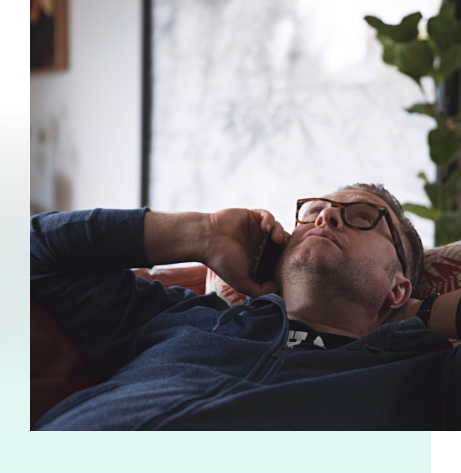What Is
Opioid
Use
Disorder?
Opioid use disorder (OUD) is a problematic pattern of opioid use that leads to a physical or mental reliance on opioids, informally referred to as “addiction.” Opioids such as heroin, fentanyl, or oxycodone, can quickly take hold and put your life at risk. OUD isn’t a personal failing or something to be ashamed of. It is a chronic disease that can be managed with medicine, just like other common diseases, such as diabetes.
What Is
Opioid
Use
Disorder?
Opioid use disorder (OUD) is a problematic pattern of opioid use that leads to a physical or mental reliance on opioids, informally referred to as “addiction.” Opioids such as heroin, fentanyl, or oxycodone, can quickly take hold and put your life at risk. OUD isn’t a personal failing or something to be ashamed of. It is a chronic disease that can be managed with medicine, just like other common diseases, such as diabetes.
How Does
OUD Develop?

There’s no one “type” of person who develops OUD. Opioids are incredibly addictive so even people with no history of drug use can quickly lose control.
Even if you can’t see it at first, opioids will start to “hijack” the brain’s reward system over time and chemically alter it to crave more. Even strong-willed people have a hard time dealing with the cravings and urges. This change in brain chemistry is also the reason why it can be so challenging to quit opioids cold turkey.
In 2018 there were at least 2 million Americans affected, so if you have OUD, just know that you’re not alone in this.
How Is OUD Treated?
How Is OUD Treated?
OUD can make recovery feel out of reach, but there are treatment approaches that give you the support you need to effectively build towards recovery.
Medication-Assisted Recovery is a highly effective OUD treatment that uses FDA-approved medication to reduce your opioid cravings, and counseling helps address the challenges of long-term recovery.

How Do I Recognize
A Problem With Opioids?
There are many signals of opioid use disorder that you or those close to you may start to notice. These changes can be subtle at first—you might not even realize they’re happening. But over time they build up until they completely take over your life.
Signs of OUD
Repeated attempts or desires to reduce use without success
Cravings for more opioids (of any kind)
Experiencing withdrawal symptoms like headaches, nausea, or general discomfort
Continuing to use even when it causes challenges at home, work, or in relationships
If you or someone you know is experiencing any of these symptoms, we recommend connecting with a provider near you or calling the Illinois Helpline.
